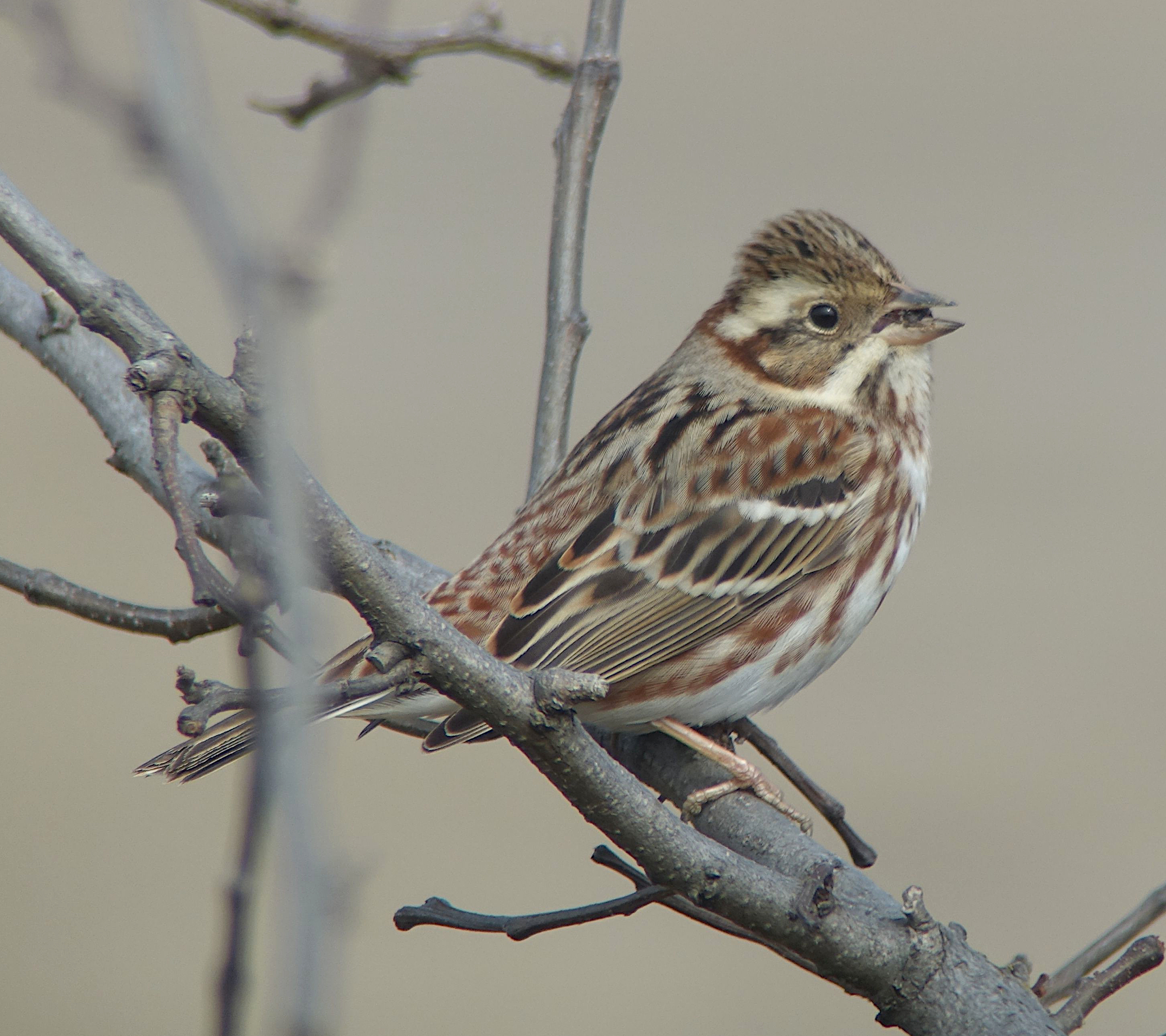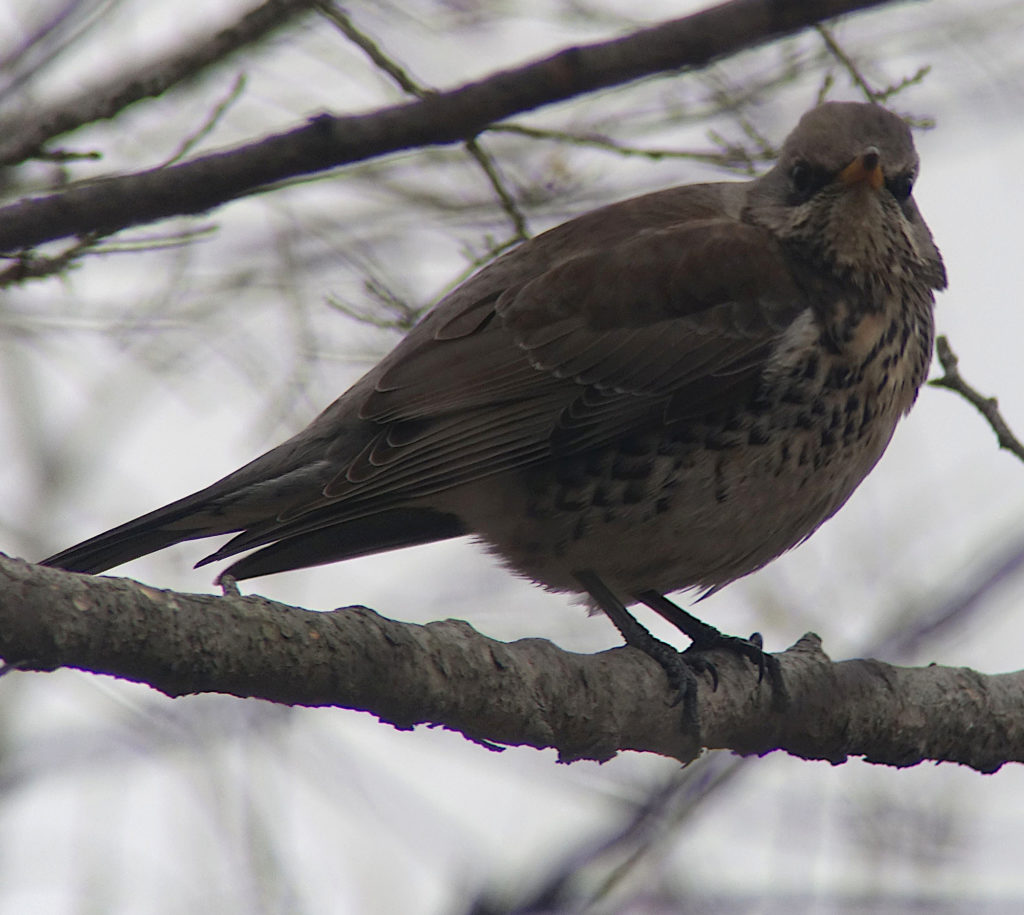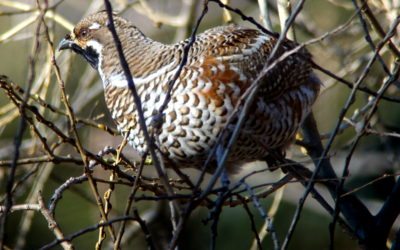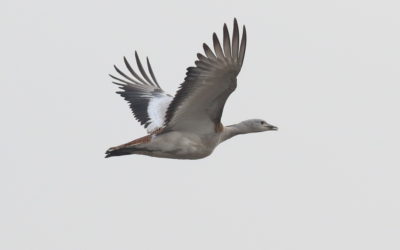Birds News from Nial Moores with Andy Deighton, Ian Merrill, Simon Colenutt and Trevor Codlin from the UK.
To help fund our conservation work, five days were spent guiding four visiting world-birders from the UK en route to Taiwan. This included birding the Han River in Seoul; the National Arboretum; in two parts of Song Do (Incheon); at Seosan; on the Geum River and in the estuary; and along the “North River”.
Together we found all three of their main targets (Scaly-sided Merganser, Solitary Snipe and Pallas’s Rosefinch) and a further dozen of their most-wanted species, including some which are very locally-distributed or can be difficult to find here (e.g. Japanese Quail, Lesser White-fronted Goose, the Baikal Teal flock, Relict Gull, Steller’s Sea Eagle and Japanese Waxwing) and others which are usually more widespread and / or predictable in occurrence (e.g. Japanese Pygmy and White-backed Woodpeckers, Bullheaded Shrike, Varied Tit, Japanese Wagtail and Siberian Accentor). We also had decent views of two Amur Leopard Cat, five or so Racoon Dog and a single Siberian Chipmunk.
In addition to witnessing abundant geese and duck, and a great spread of landbirds, the most notable species in the Korean context included a long-staying Fieldfare (the ROK’s first twitchable record) and a heard-only Bearded Reedling; and several un-seasonal records, including Ruddy Turnstone, Dusky Warblers at two sites, a Red-throated Pipit (sound-recorded by AD) and a possible Yellow-browed Bunting seen only by TC at the National Arboretum on 28th.
While much better images are hoped for, selected records (with images digiscoped by NM), include:
Lesser White-fronted Goose. 흰이마기러기. Three were well ‘scoped at Seosan with two or more additional birds heard there on 29th.
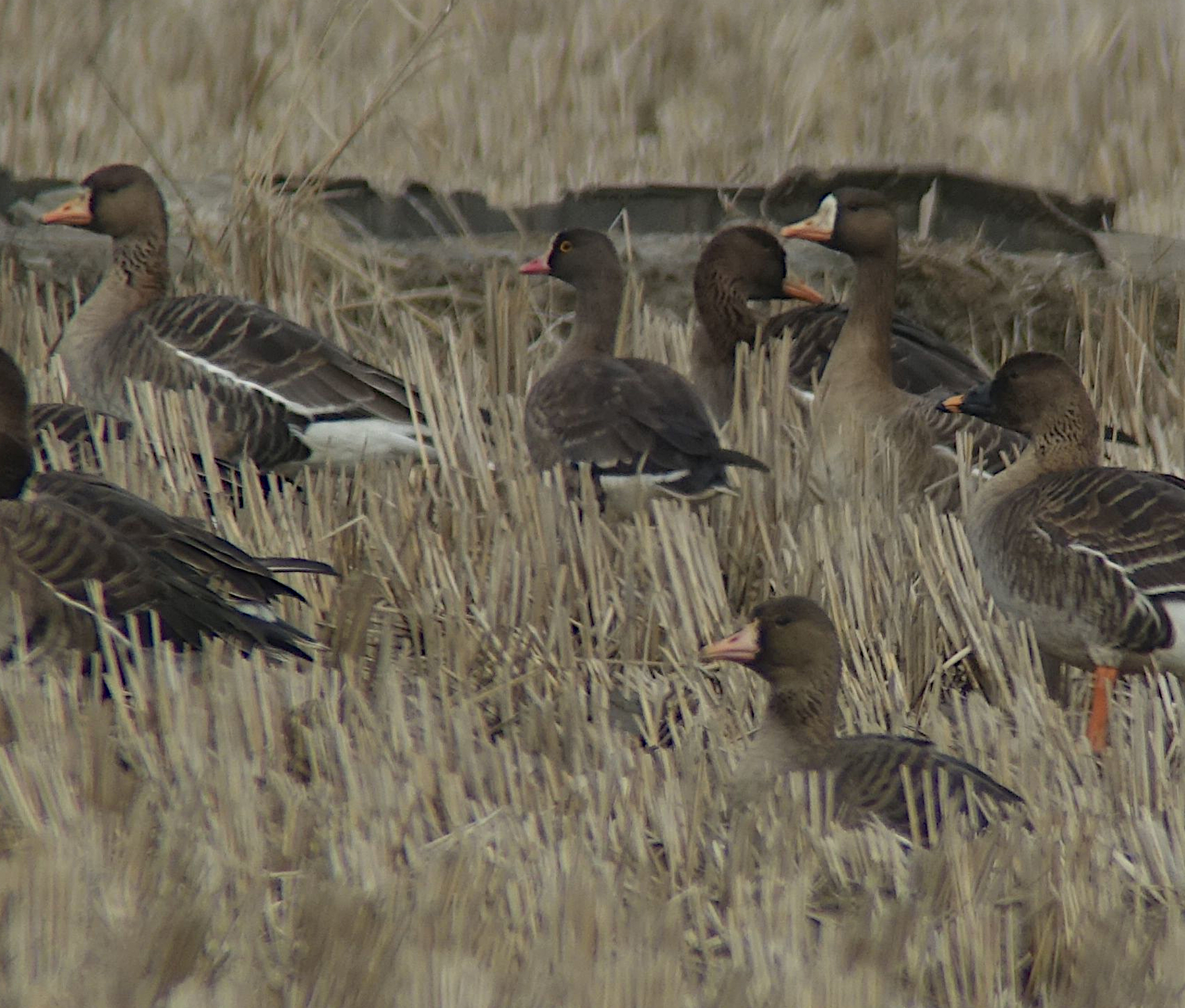
Baikal Teal. 가창오리. A massive flock was at the Geum on 30th. A very coarse estimate was made of between 400,000 and 450,000 individuals. However, handheld video (posted on our Facebook page) taken at the time suggests that this estimate might have been rather conservative.

Scaly-sided Merganser. 호사비오리. A total of 19 seen.
Japanese Quail. 메추라기. Two were at Seosan on 29th.
Oriental Stork. 황새. Thirteen – including a mix of ringed and unringed birds – was seen in a single scan at Seosan.
Cinereous Vulture. 독수리. Seen on multiple dates, with the largest concentration being 40 at Seosan on 29th.
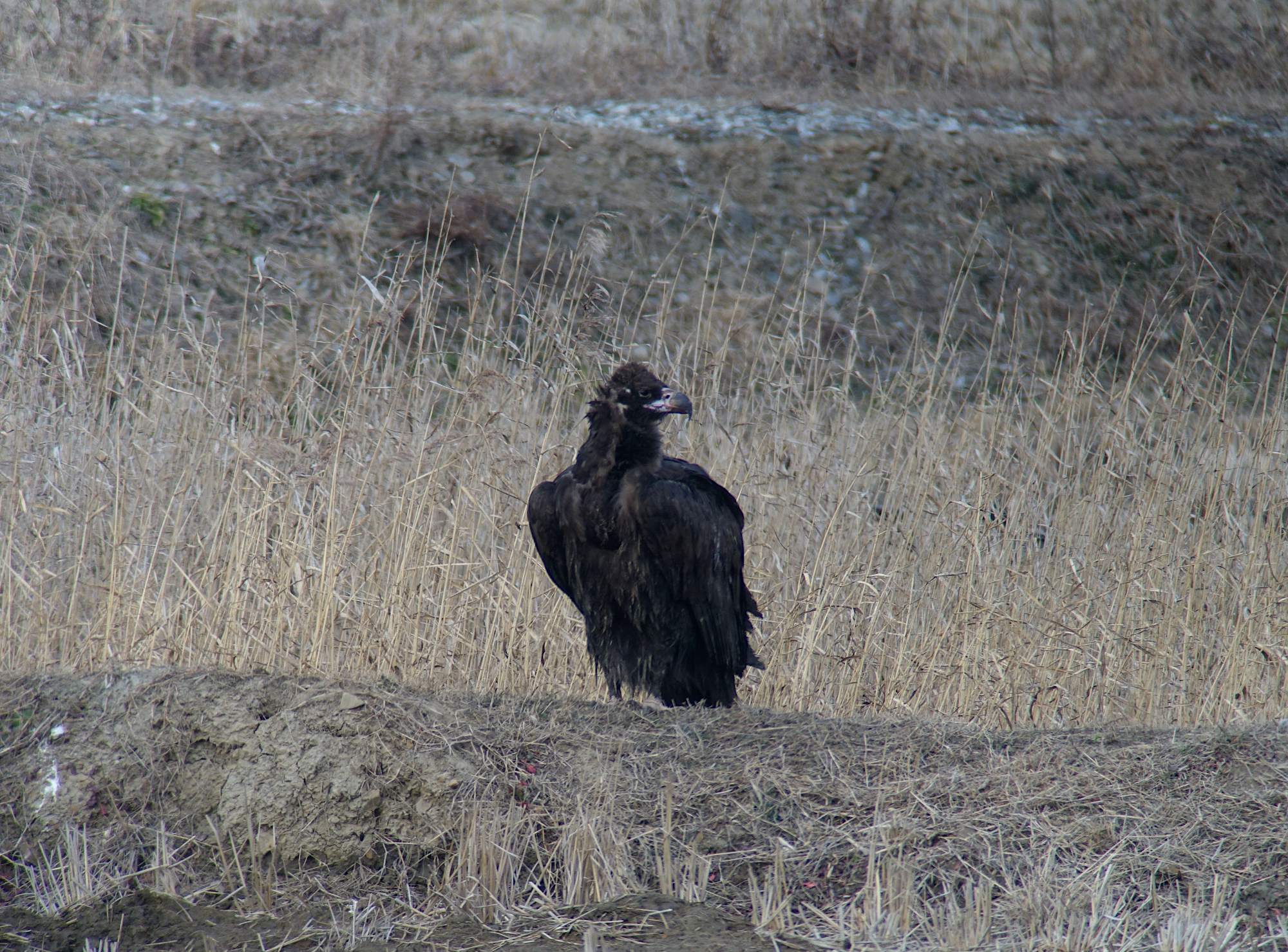
Steller’s Sea Eagle. 참수리. One or two adults were along the Han River near Paldang on 27th (with one seen briefly dropping spectacularly from the sky right in front of us) and another adult was at Seosan on 29th and 30th.
Hooded Crane. 흑두루미. A flock of 17 birds at Seosan on 29th included a clear hybrid Hooded x Common.
Far Eastern Oystercatcher. 검은머리물떼새. Eight were at Gojan Tidal flat on 28th; 21 were at Seosan on 29th; and at least 1,100 were in the Geum Estuary on 31st.
Ruddy Turnstone. 꼬까도요. Three non-breeding plumage birds were seen in the Geum Estuary on 31st. First found by AD, the birds flew before any images could be taken. There are very few mid-winter records of this species in the ROK.
Solitary Snipe. 청도요. Only one was seen at the National Arboretum. New development there includes the construction of a boardwalk along much of the stream, rendering most of the habitat unavailable to the species – at least in daylight hours.
Saunders’s Gull. 검은머리갈매기. 315+ were at Gojan Tidal Flat, Song Do, on 28th; and 120 were at the Geum Estuary below the barrage on 30th, with a further dozen or so in the outer estuary.

Relict Gull. 고대갈매기. Thanks to information received through Jungmoon Ha, nine Relict Gull were found in the Geum Estuary on 31st.
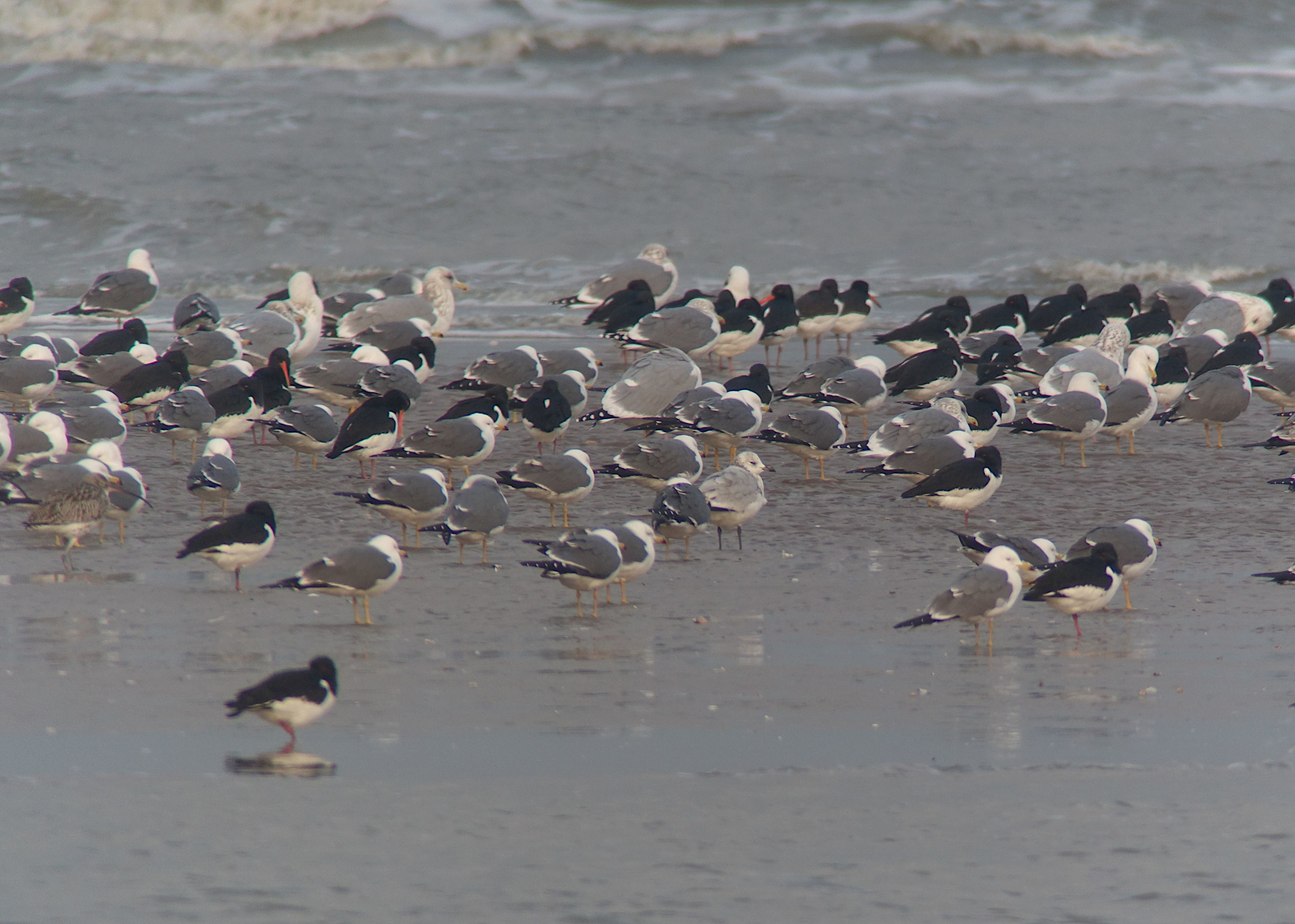
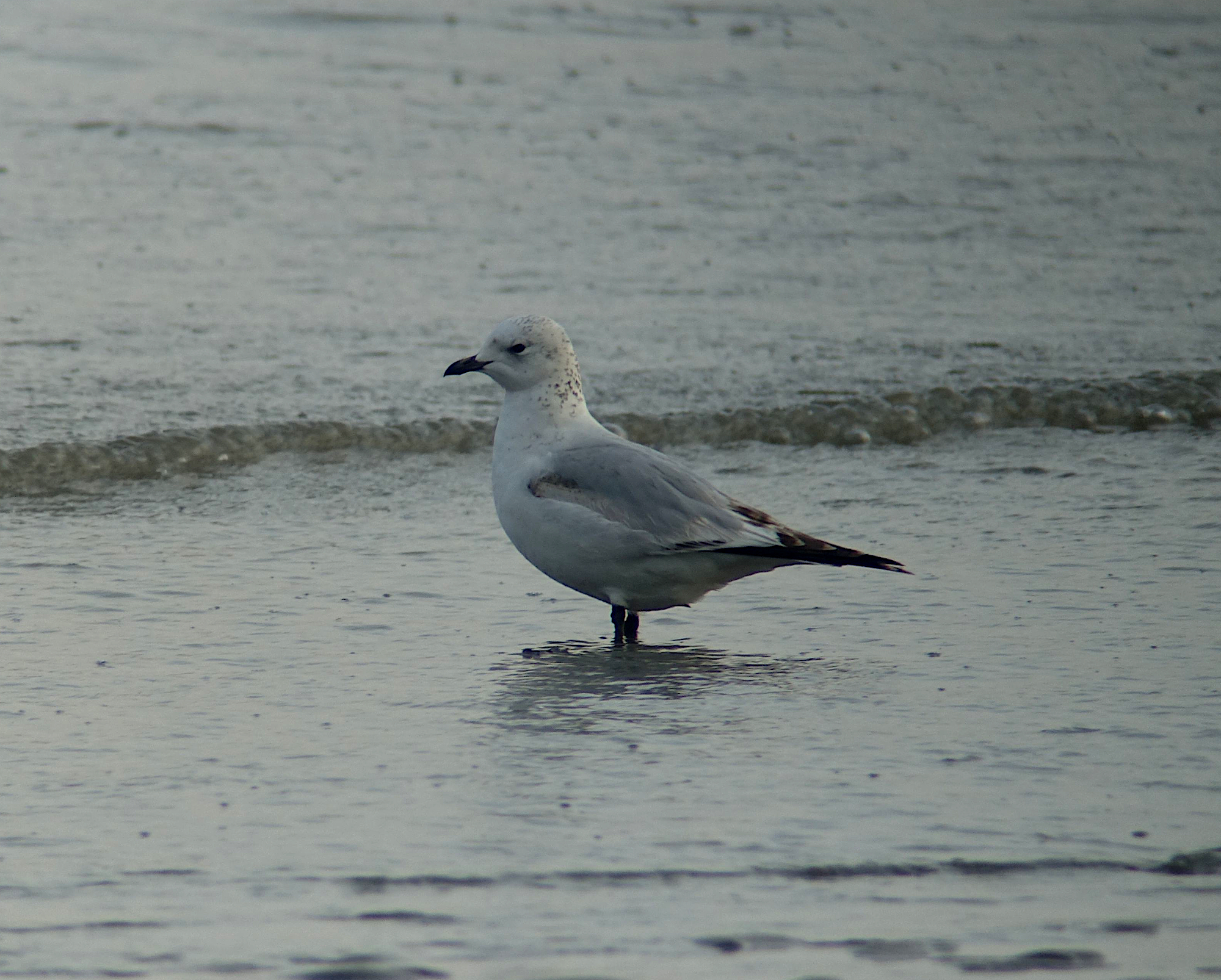
Herring Gull Assemblage. Good views were enjoyed of small numbers of Vega, Taimyr and Mongolian Gulls at several sites, and one “cachinnans type” (either an intergrade with or without cachinnans genes or an eastern cachinnans) was at the Geum on the 30th. This latter bird was smaller than other large gulls in direct comparison; was very white-headed with very confined nape streaking; had quite a long parallel-sided bill; tiny-looking, dark eyes; and in distant, inadequate flight views appeared to have quite long grey tongues into the black of several of the outer primaries.
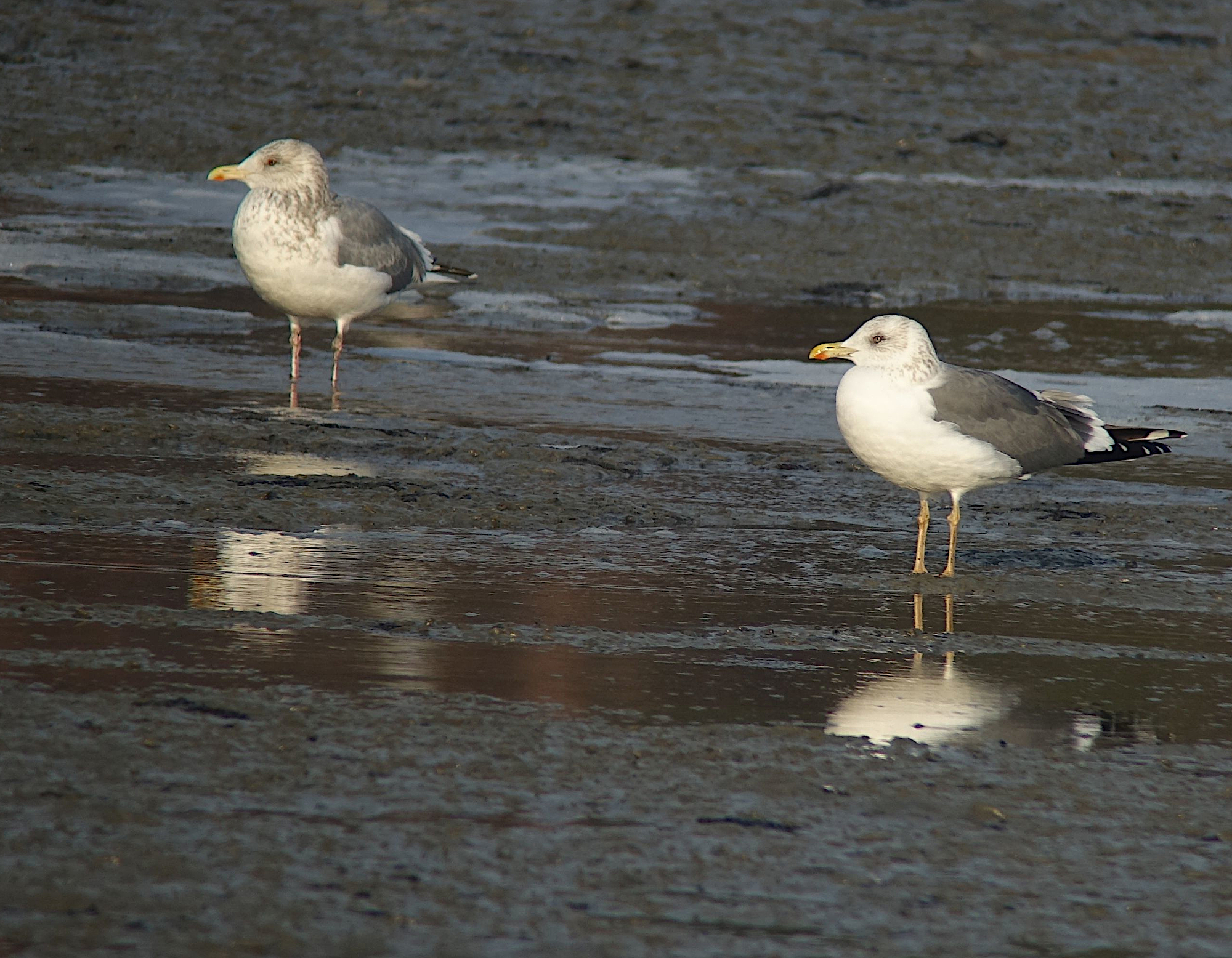
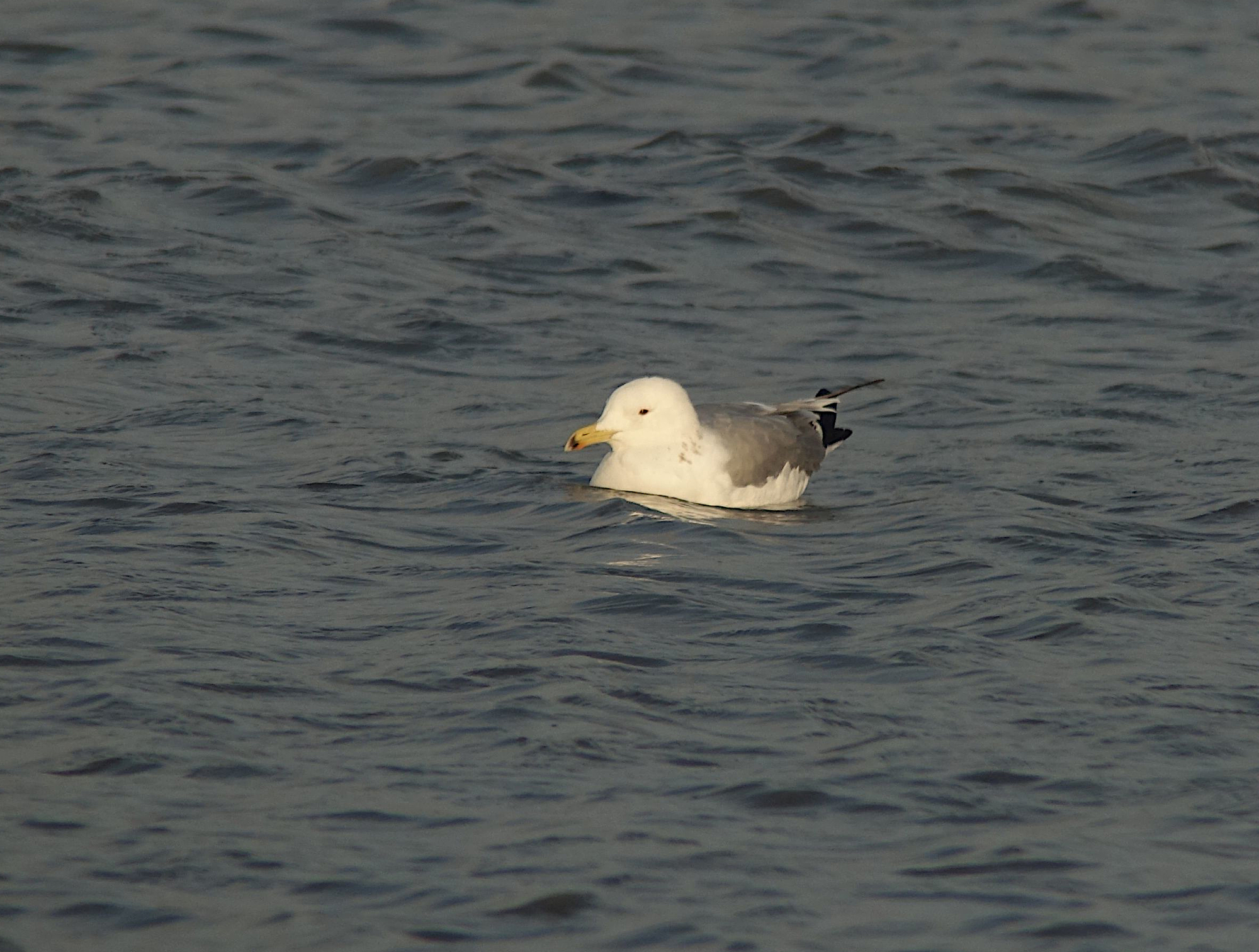
Slaty-backed Gull. 큰재갈매기. At least five were in the Geum Estuary on the 31st.
Eurasian Eagle-owl. 수리부엉이. One was perched on top of a pole at Seosan at dawn on 29th.
Peregrine Falcon. 매. At the Geum River on the 30th, a huge individual, with several features that looked atypical of the widespread japonensis, seems best ascribable to calidus – the only other form of Peregrine considered to occur on the Korean Peninsula.
Chinese Grey Shrike. 물때까치. One at Seosan on 29th.
Bohemian Waxwing. 황여새. Approximately 150 were still in a park in Song Do on 27th.
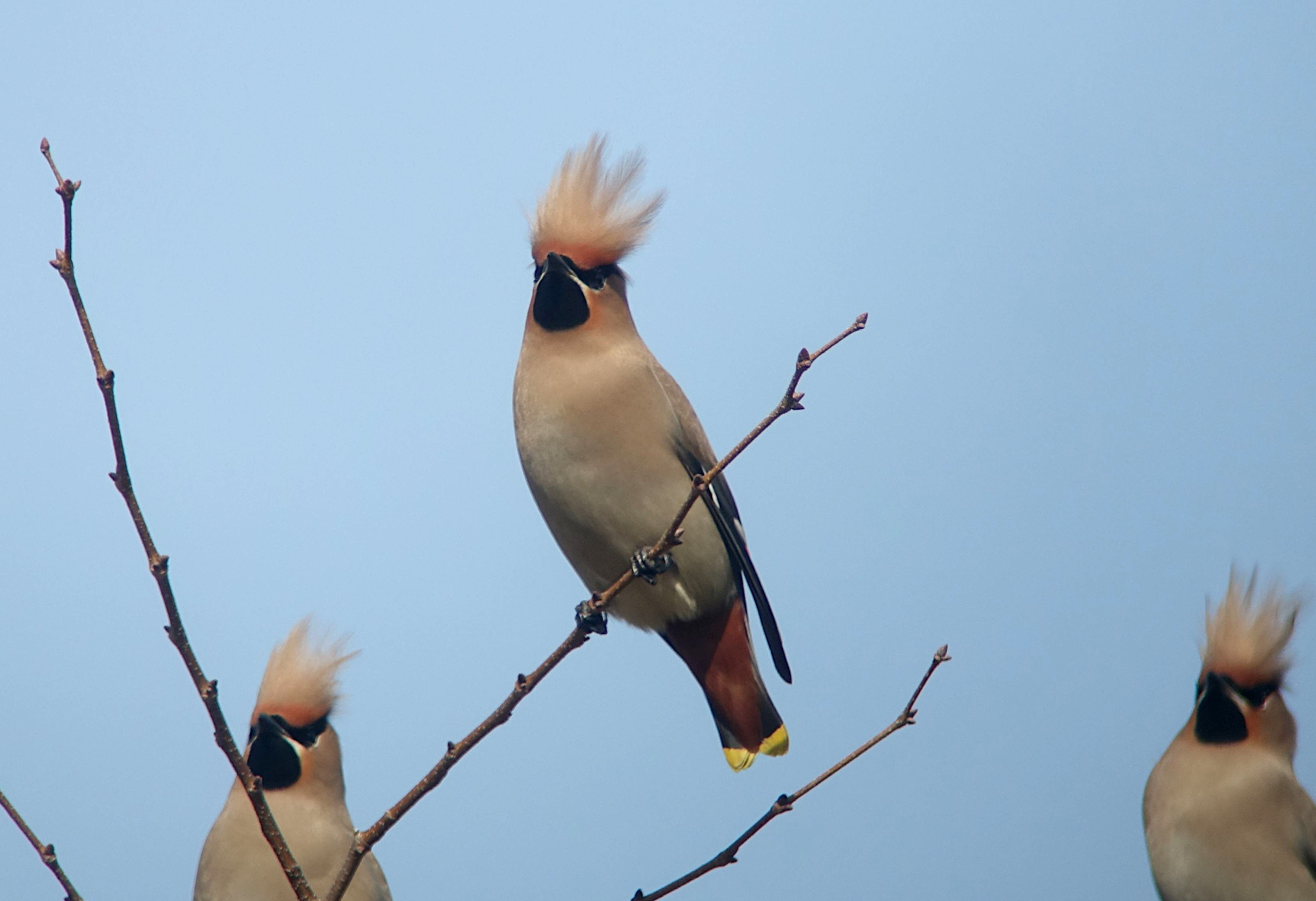
Japanese Waxwing. 홍여새. Eighteen were counted in a single scan in a park in Song Do, Incheon, on 27th.

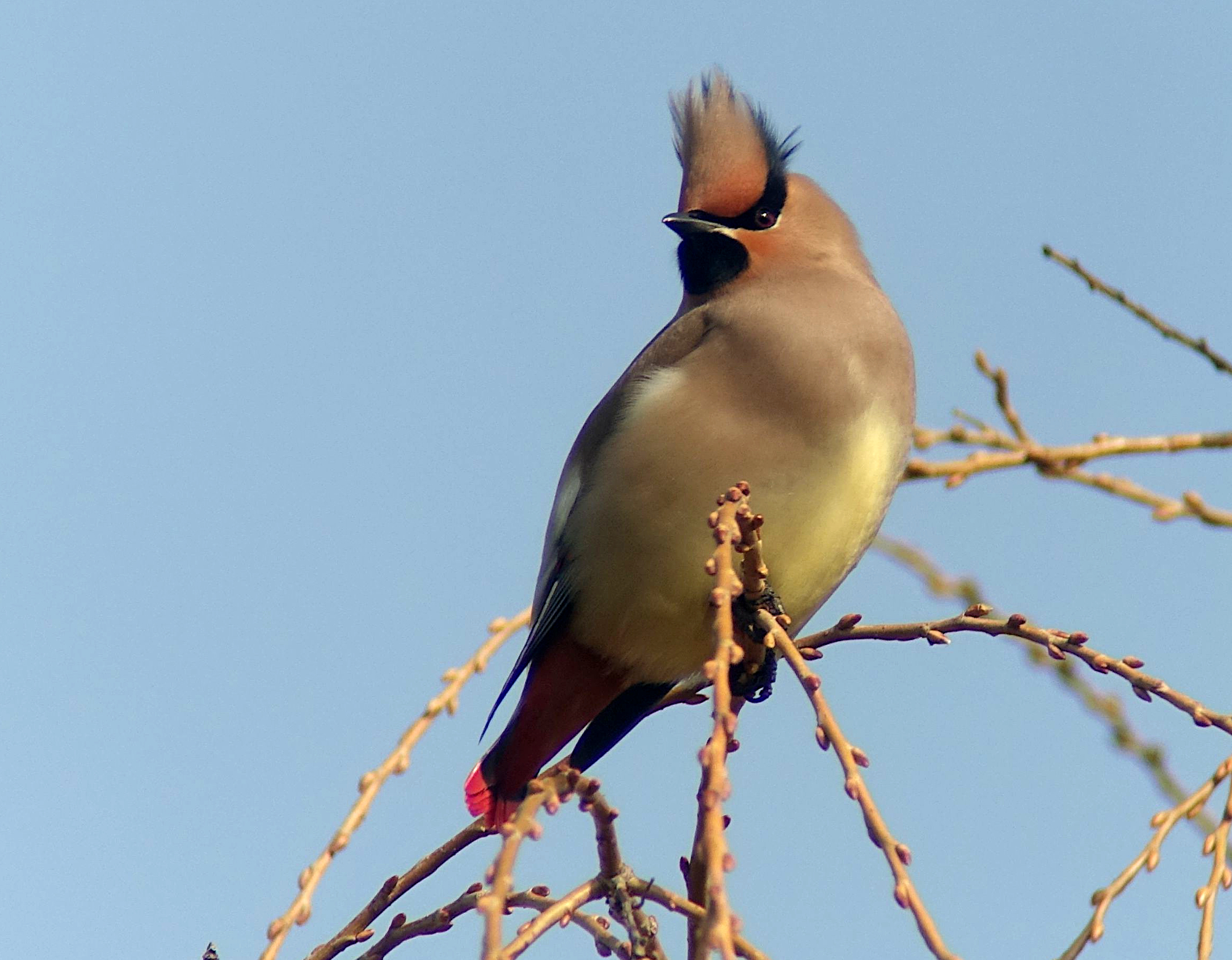
Bearded Reedling. 수염오목눈이. One was heard at close range by NM at Seosan on 29th. After giving several calls, the bird fell silent, and did not respond to playback.
Dusky Warbler. 솔새사촌. At least eight were at Seosan on 29th and 30th with one additional bird heard at the Geum River on 30th.
“Far Eastern Cisticola”. 개개비사촌. Two were seen at Seosan on 30th.
Vinous-throated Parrotbill. 붉은머리오목눈이. A wholly leucistic (flavistic?) individual was seen with a large parrotbill flock at Seosan on 29th by TC and SC.
Fieldfare. 회색머리지빠귀. The long-staying individual (first found by local bird photographer “Kim Oruyok Do”) was still in the park at Song Do on 27th.
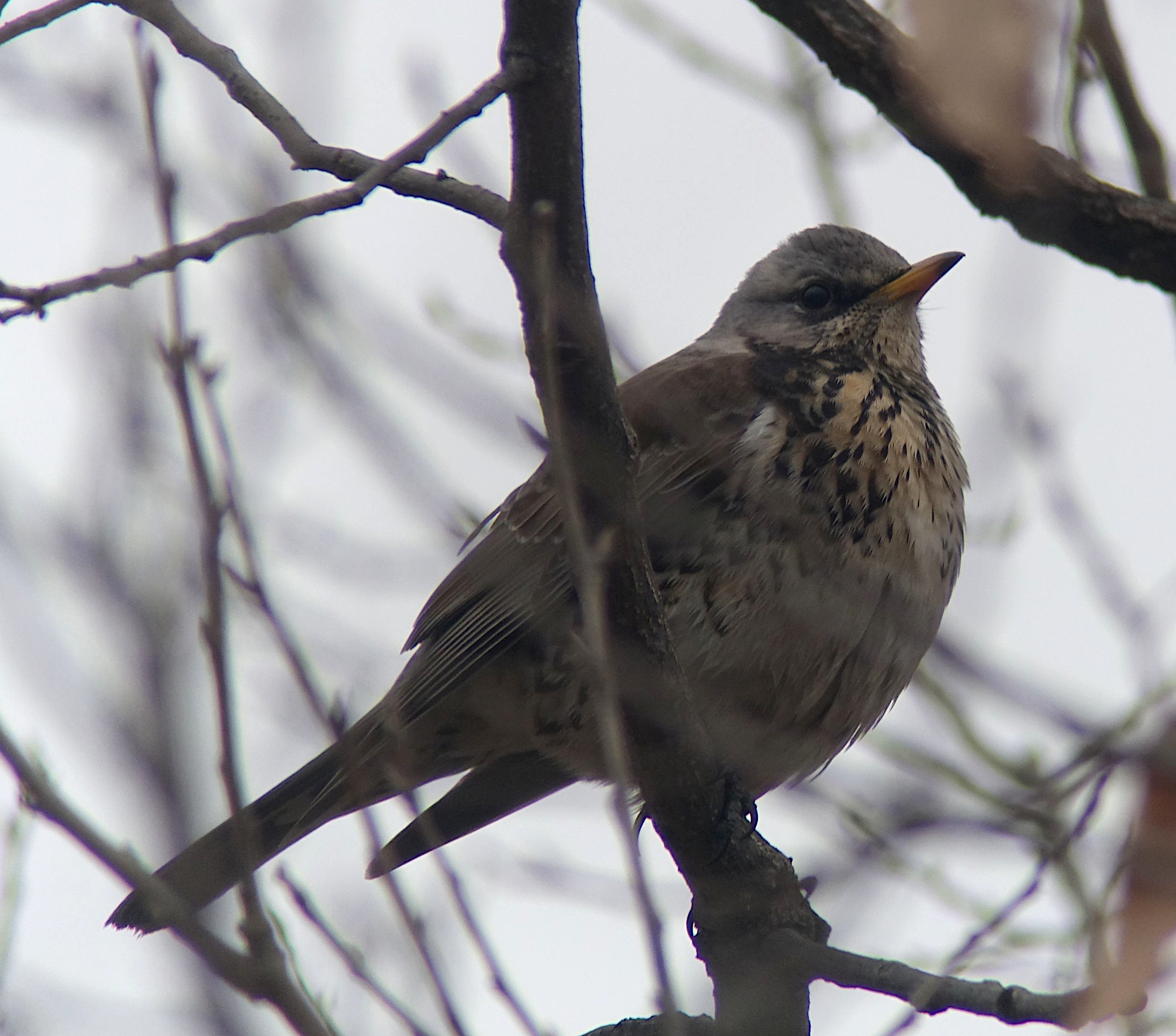
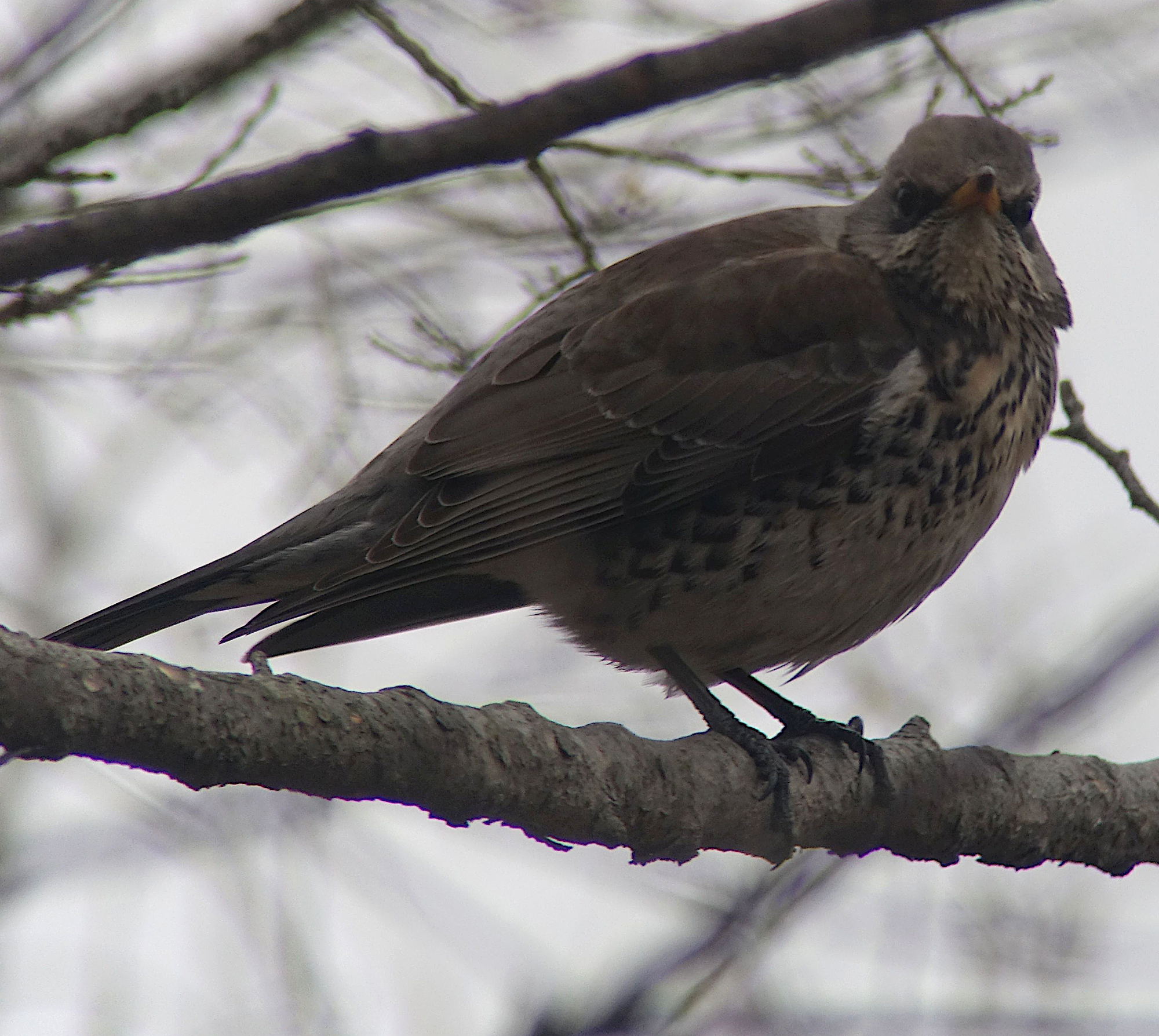
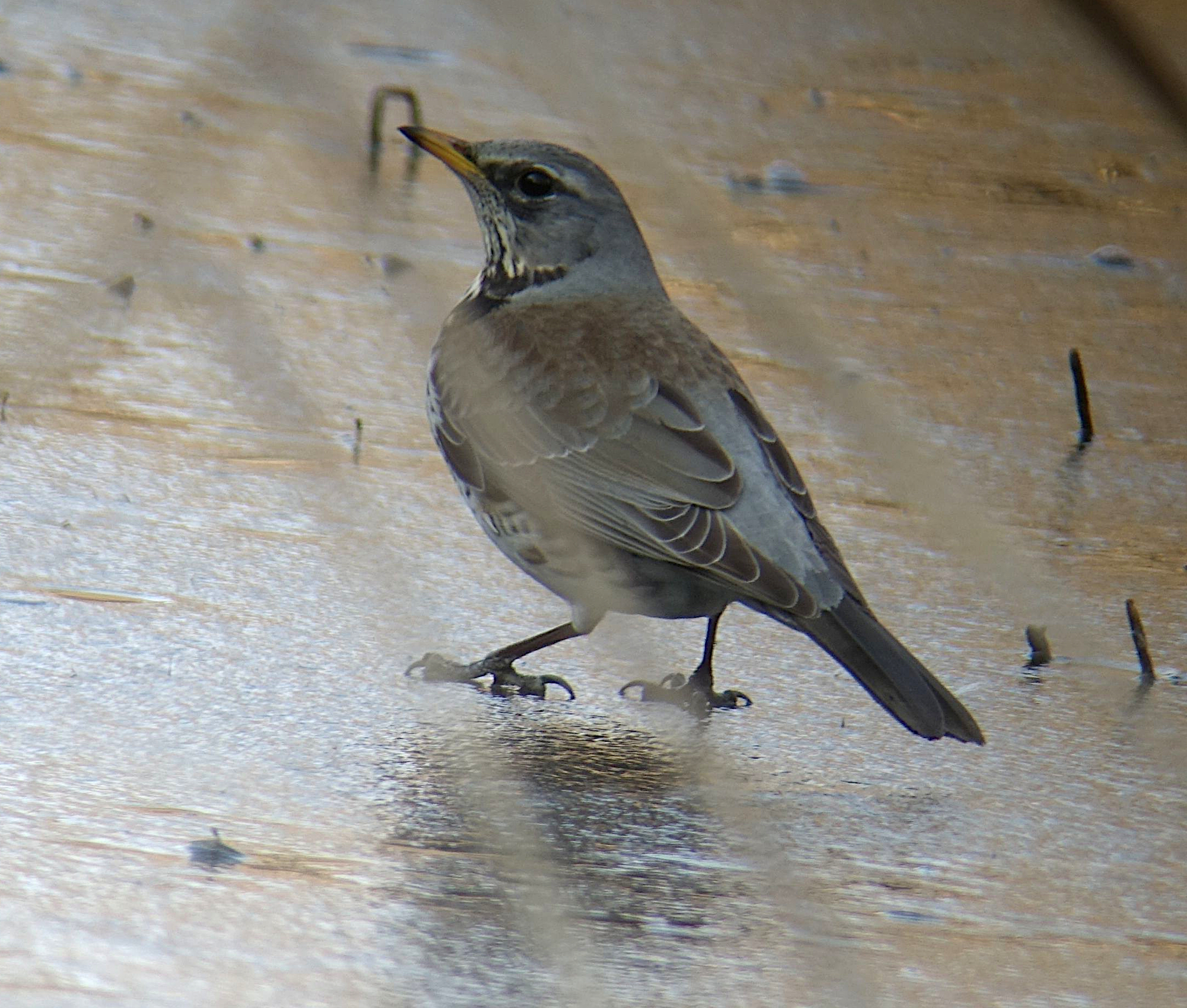
Red-throated Pipit. 붉은가슴밭종다리. One was heard at close range in Seosan on 29th, and was sound-recorded by AD.
Eurasian Bullfinch. 멋쟁이. A dozen were at the Arboretum on 28th. All were ascribable to rosacea, although one male looked very close to griseiventris (showing limited red staining towards the centre of an otherwise grey-looking belly).
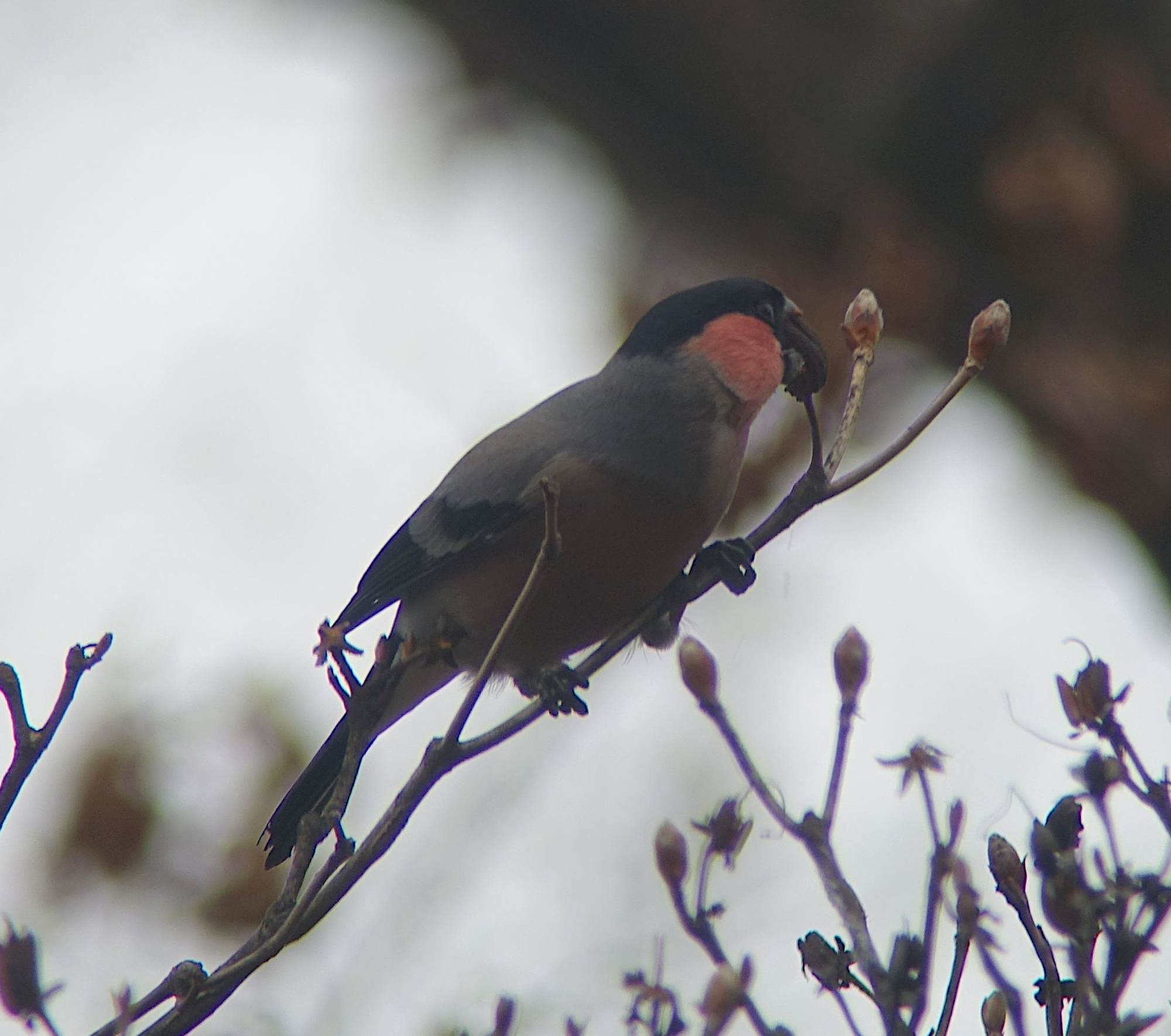
Pallas’s Rosefinch. 양진이. Fifteen were well-watched in the arboretum on 28th.
Rustic Bunting. 쑥새. Generally small numbers, with the exception of one flock of >100 at Seosan on 29th.
